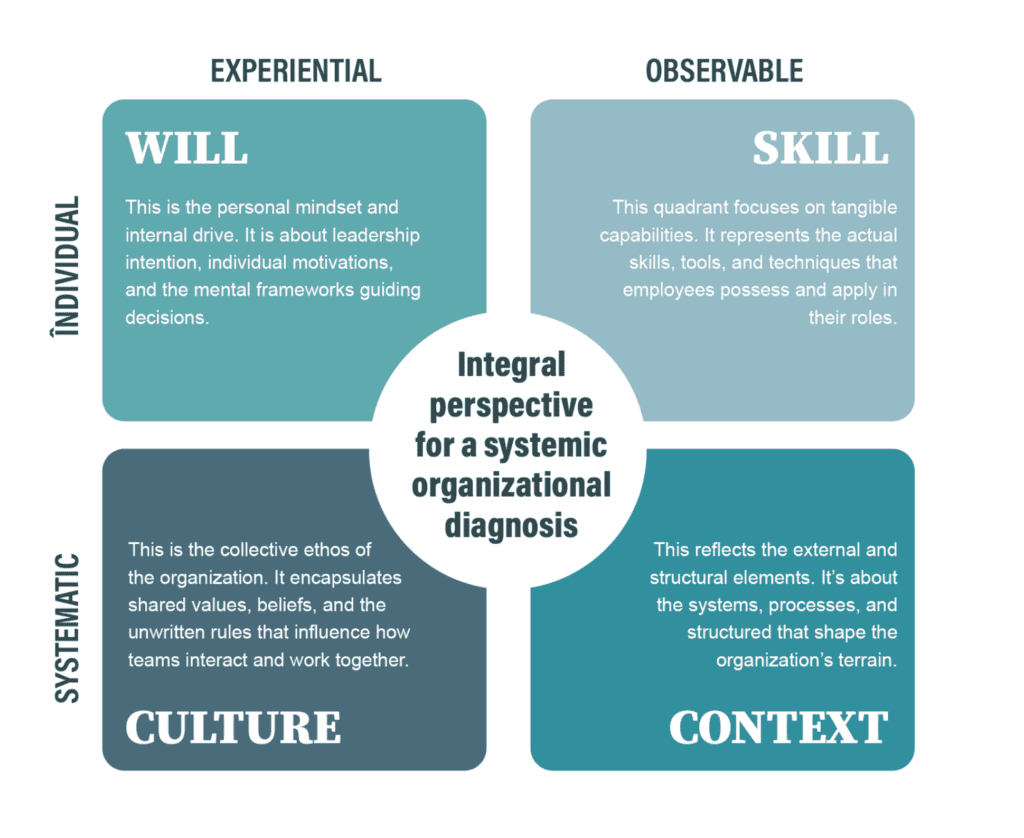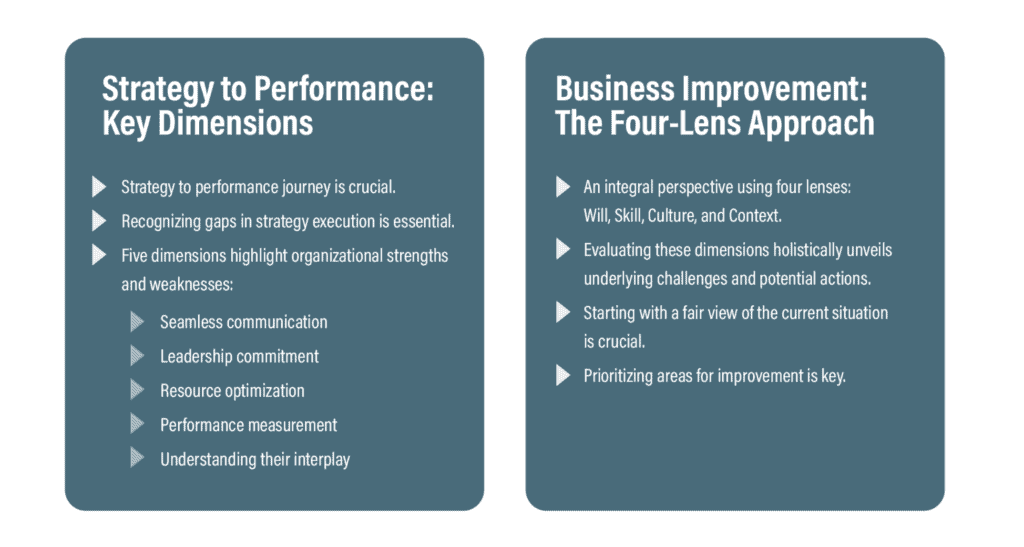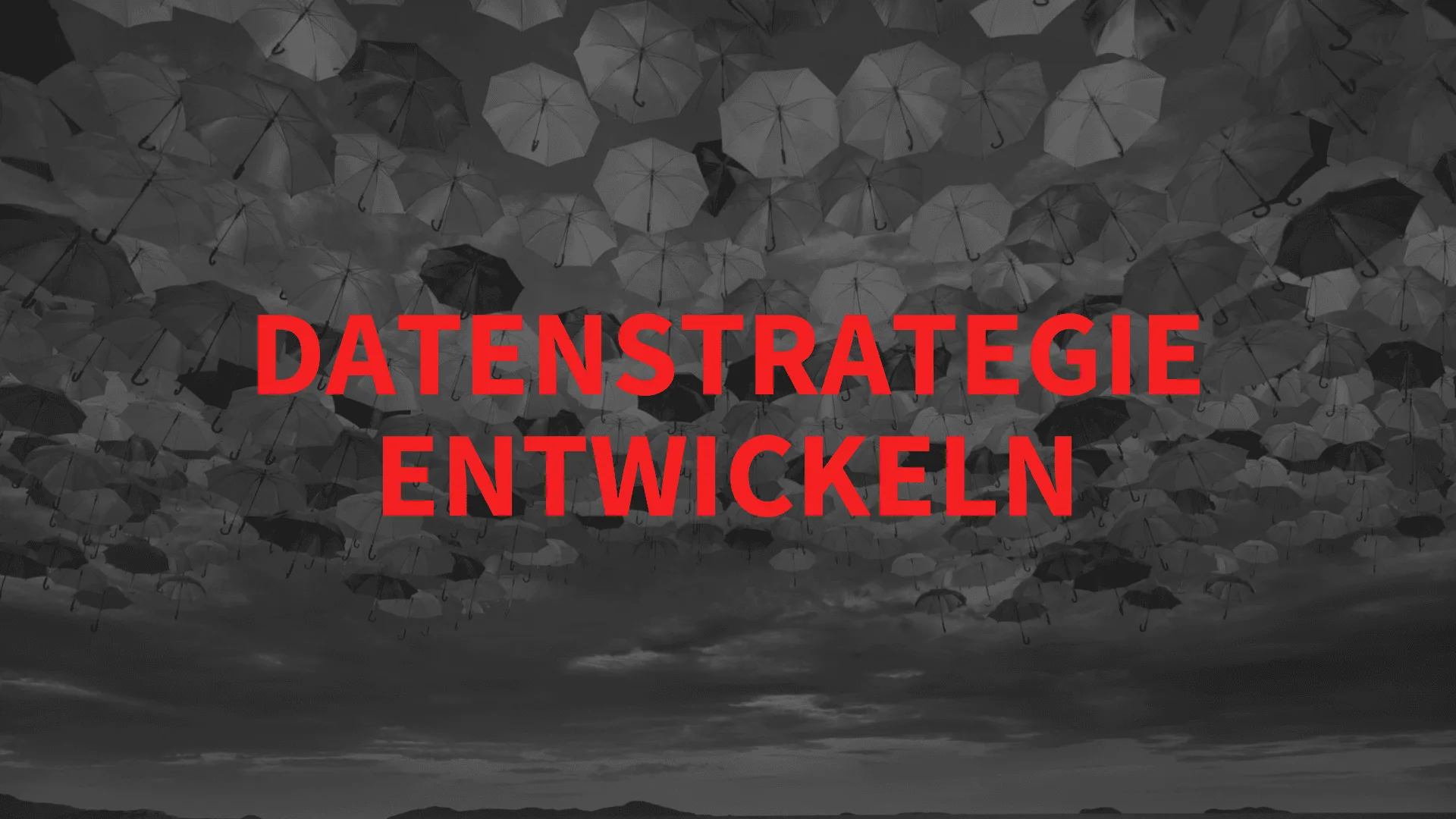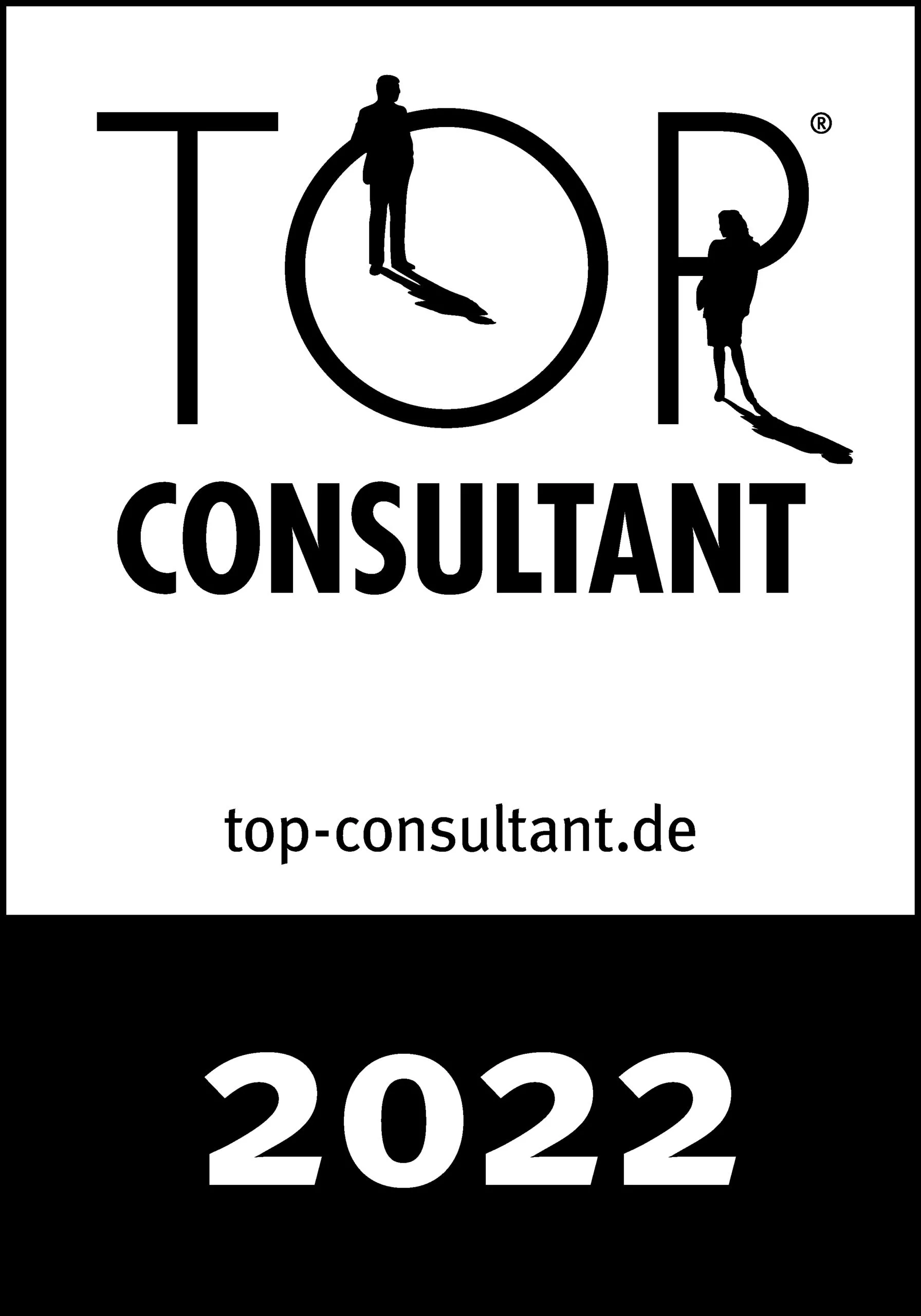Closing the Strategy-Performance Gap:
A Crucial Imperative for Today’s Businesses
In the dynamic landscape of todays’ world, a well-defined strategy is the backbone of any successful company. Yet, even the most meticulously crafted strategies can falter during execution, leading to what we refer to the strategy-performance gap. A modern hydrogen electric power station has an efficiency of 80-90% whereas strategy is at a meager 60%. This discrepancy poses a profound challenge for businesses aiming to meet their objectives and expectations of different stakeholders. The financial implications of the strategy-toperformance gap are immediately evident. Organizations that do not bridge this gap effectively risk missed revenue opportunities, increased operational costs, and potential market share decline. But beyond the monetary aspect, the gap can also have a ripple effect on other non-financial elements.
Strategy execution is a significant challenge caused by five main gaps
Planned vs. Realized Performance of Strategic Plans
With an increasing degree of “VUCA” the ability to execute strategy effectively becomes even more critical. In this evolving context, understanding the strategy-to-performance gap is the first step in ensuring that an organization doesn’t just plan for success, but also realizes it.
Key Drivers Behind the Execution Gap
In the journey from strategic vision to tangible outcomes, businesses are facing various hurdles that hinder the realization of their envisioned goals. Delving deeper into the anatomy of this execution gap reveals a set of primary drivers, each constituting its own challenges and demanding bespoke solutions.
To disentangle the main drivers for good and bad strategy execution we suggest a clustering along five dimensions:
1. Clarity of strategy: The Ambiguity Challenge
A well-defined strategy serves as the compass guiding an organization towards its desired destination. However, ambiguities in this strategic roadmap lead to a lack of focus and direction. When the strategy is unclear, the priorities of teams or departments can misalign, causing a deviation from the intended path. A clear vision and mission, paired with regular reviews and adjustments, ensure that the entire organization moves in synchronization.
Roadmap To Clarity of Strategy:
-
- Clarity of strategic objectives
- Consistency of strategic goals
- Specificity of strategic actions
- Alignment of strategy with organizational vision and mission
- Flexibility and adaptability of strategy
The clarity and simplicity of the strategy, the involvement of multiple levels and departments in its design, and the extent to which employees understand how their work contributes to the strategy.
2. Communication & Alignment: Breaking the Silos
The success of strategy execution hinges on seamless communication and alignment across the organizational spectrum. Siloed operations can stifle information flow, leading to inconsistencies in goal-setting and achievement. Ensuring continuous updates about changes, setting clear roles and responsibilities, and fostering both horizontal and vertical alignment are paramount to breaking these silos.
Roadmap To Communication & Alignment:
-
- Prioritization of strategic initiatives
- Efficient allocation of financial, human, and technological resources
- Flexibility in resource allocation to adapt to changing circumstances
- Monitoring and control of resource utilization
- Alignment of resource allocation with strategic goals
The process of managing and allocating assets to support strategic goals, the use of specific KPIs to guide business planning, and the ability to adjust resource allocation needs as the business evolves.
3. Leadership Commitment: The Leadership Void
The extent to which top management is committed to the strategy and its execution, the visibility of this commitment to all levels of the organization, and the extent to which management provides leadership and rewards to organizational members.
Roadmap To Leadership Commitment:
-
- Visible support and involvement of top leadership
- Clear communication of strategic priorities by leaders
- Empowerment and support for decision-making at all levels
- Accountability of leaders for strategy execution
- Continuous development and improvement of leadership skills
Leadership is the rudder that guides the organizational ship, and a lack of commitment from the top can send mixed signals down the ranks. Strength in leadership, demonstrated through ownership, accountability, and leading by example, instills confidence in the team. Embracing opportunities for growth, recognizing successes, and learning from failures are hallmarks of committed leadership.
4. Allocation of resources: The Resource Optimization
The process of managing and allocating assets to support strategic goals, the use of specific KPIs to guide business planning, and the ability to adjust resource allocation needs as the business evolves.
Roadmap To Recource Optimization:
-
- Prioritization of strategic initiatives
- Efficient allocation of financial, human, and technological resources
- Flexibility in resource allocation to adapt to changing circumstances
- Monitoring and control of resource utilization
- lignment of resource allocation with strategic goals
Resources, be it human, technological, or financial, are the lifeblood of any strategy. Misallocating these resources can lead to inefficiencies, missed opportunities, and wasted potential. Ensuring that resources are aligned with strategic objectives, while also being flexible enough to be shifted around as required, is crucial. This optimization is underpinned by skilled resources, organizational capabilities, and a well-defined budget that remains agile to the changing needs of the organization.
5. Performance Measurement: Tracking What Matters
The linkage between strategic objectives and operational performance measures, the accountability for outcomes at the operational level, and the use of a consistent framework for measuring performance that is clearly linked to the overall strategy.
Roadmap To Performance Measurement:
-
- Establishment of clear performance metrics and key performance indicators (KPIs)
- Regular monitoring and reporting of performance
- Alignment of performance metrics with strategic objectives
- Use of performance data for decision-making and strategy adjustment
- Continuous improvement based on performance feedback
Measuring performance is the litmus test of strategy execution. Without clear key performance indicators (KPIs) and regular reporting mechanisms, it’s challenging to gauge the success of strategic initiatives. Being data-driven, recognizing and rewarding contributions, and understanding the consequences of failures are all key in ensuring that the organization stays on track.
Dimensions of Understanding the Gap: an integral perspective
The journey from strategy to performance is filled with complexities. Each of the five forces we discussed brings its own set of challenges, and understanding the interplay between them is crucial. To make sense of this, an integral perspective can be immensely beneficial. Taking inspiration from integral theory by Ken Wilber, we can delve deeper into this perspective to approach strategy execution in a structured way.
In essence, an organizational system can be viewed through four distinct lenses, each of which are equivalently important to take into consideration. The four lenses take both an individual and organizational perspective into account and on the other hand observable artefacts like processes and behaviors and non-observable factors as cultural norms and individual motivation.

By evaluating the five dimensions of strategy execution in a holistic way, businesses are able to understand not only the surface of their challenges (strengths as well) but they have the potential to delve deeply into underlying reasons.
The value of the lenses is not purely on the side of diagnostics. It also provides a first hypothesis on potential actions. While challenges identified on the “Will” aspects may require coaching efforts, identified cultural barriers may require strong leadership intervention to re-build narratives of success.
How to get started
We believe it is pivotal to start simple and create a fair view of the current situation first. While the different dimensions and perspectives might seem daunting, a collection of different views and data and and structuring the topics in light of the individual ambitions is a good starting point. Not all of the aspects could or even should be addressed at once.
A systematic development of a view across different different aspects is recommended, starting with a thorough assessment of the current state of the organization. This can be achieved through surveys, interviews, and data analysis. Once the current state is understood, it is important to identify the gaps and prioritize the areas that require the most attention.
Conclusion

Über scaleon
scaleon ist eine Boutique-Beratung mit Fokus auf Strategie und Strategieumsetzung mit umfangreicher Expertise in der Konzeptionierung und dem Roll-out von OKR-Systemen. scaleon wurde von den erfahrenen Unternehmern und Top-Managern Stefan Benndorf und Dr. Philipp Engelhardt aus der Leidenschaft heraus gegründet, in schnellen dynamischen und herausfordernden Geschäftsfeldern zu arbeiten und komplexe strategische Probleme für ihre Kunden zu lösen. Zu den Kunden gehören unter anderem namhafte Technologiefirmen, Mittelstandsunternehmen und Konzerne. 2022 wurde scaleon mit dem renommierten Top Consultant Award ausgezeichnet.





